Table of Contents
- Introduction
- Understanding Your Content Needs
- Tools for Creating an Instagram Content Calendar
- How to Structure Your Content Calendar
- Creating Your Instagram Content Calendar
- Content Creation and Curation
- Analyzing and Optimizing Your Calendar
- Expert Insights
- Future Trends in Instagram Content Planning
- Conclusion
1. Introduction
What is an Instagram Content Calendar?
An Instagram content calendar is a strategic tool that helps you plan, organize, and schedule your posts on Instagram in advance. This calendar acts as a roadmap, allowing you to maintain consistency, align content with marketing goals, and optimize posting schedules for maximum engagement.
Why You Need an Instagram Content Calendar
In today’s fast-paced digital landscape, consistency on social media is crucial. An Instagram content calendar not only helps you stay organized but also ensures that your content is aligned with your business goals. By planning ahead, you can ensure that your posts are timely, relevant, and impactful.
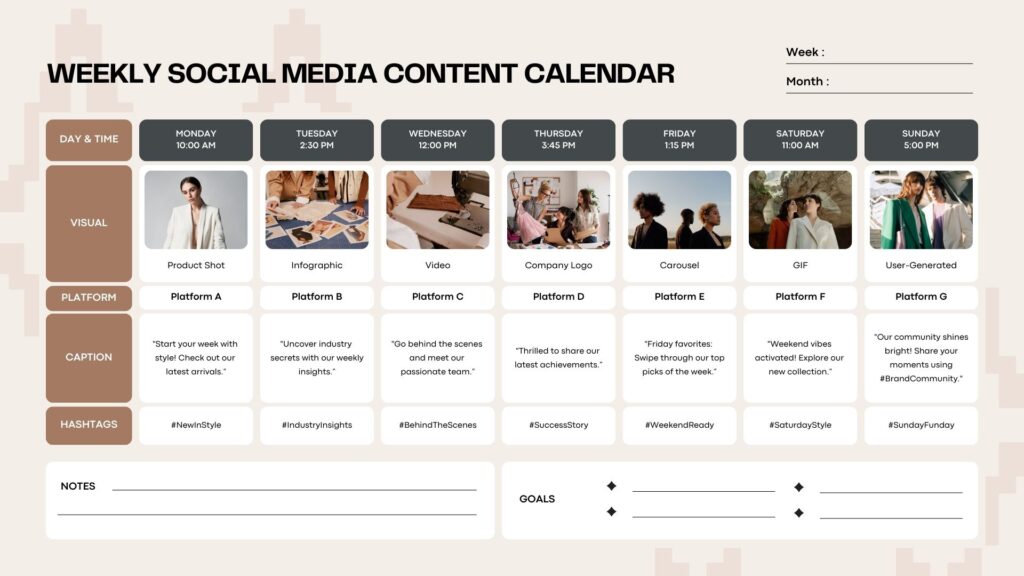
2. Understanding Your Content Needs
Identifying Your Audience
Before you start planning your Instagram content, it’s essential to understand who your target audience is. Knowing your audience’s demographics, interests, and online behavior will help you create content that resonates with them. Tools like Instagram Insights and Google Analytics can provide valuable data to help define your audience.
Defining Your Content Goals
Content goals guide your Instagram strategy. Whether your aim is to increase brand awareness, drive website traffic, or boost sales, having clear and measurable goals will keep your content focused and effective. Consider using SMART (Specific, Measurable, Achievable, Relevant, Time-bound) goals to define your objectives.
Types of Content to Include
Diversifying your content keeps your audience engaged. On Instagram, you can use various content formats like photos, videos, Stories, Reels, and IGTV. Each format serves different purposes—photos are great for brand storytelling, videos for tutorials, Stories for quick updates, and Reels for trendy, short-form content.
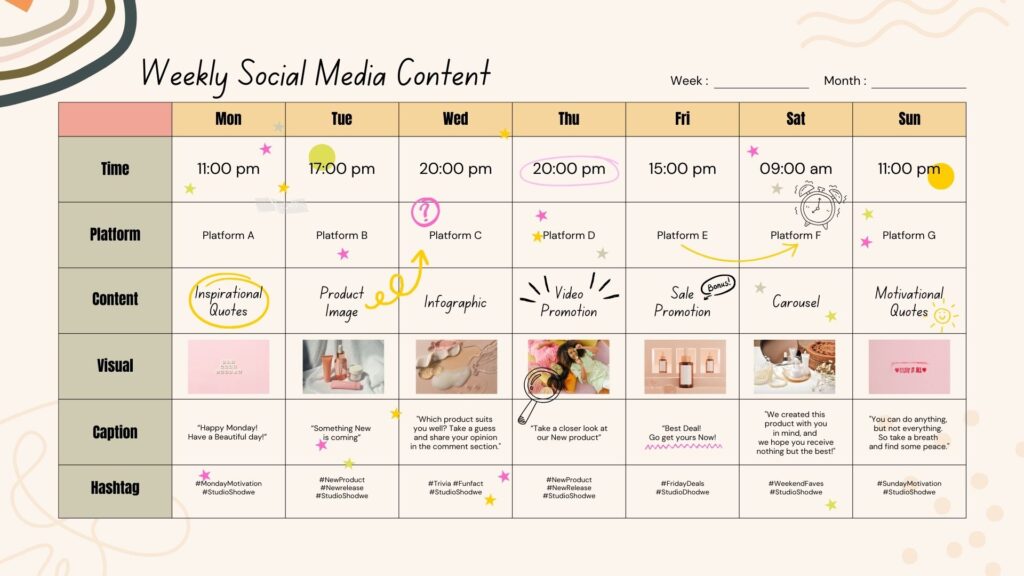
3. Tools for Creating an Instagram Content Calendar
Free Tools for Beginners
If you’re just starting out, free tools like Google Sheets, Trello, and Notion can be incredibly useful for creating a content calendar. These tools offer customizable templates and collaboration features that make content planning accessible even for beginners.
Paid Tools for Advanced Users
For those seeking advanced features, paid tools like Later, Hootsuite, or Buffer are excellent options. These tools offer comprehensive scheduling, analytics, and multi-platform integration, making them ideal for businesses or individuals looking to scale their social media efforts.
Choosing the Right Tool for You
The best tool for your Instagram content calendar depends on your needs, experience level, and budget. Beginners might prefer the simplicity of Google Sheets or Trello, while advanced users might benefit from the robust features of Later or Hootsuite. It’s often a good idea to start with a free trial to see which tool suits your workflow best.
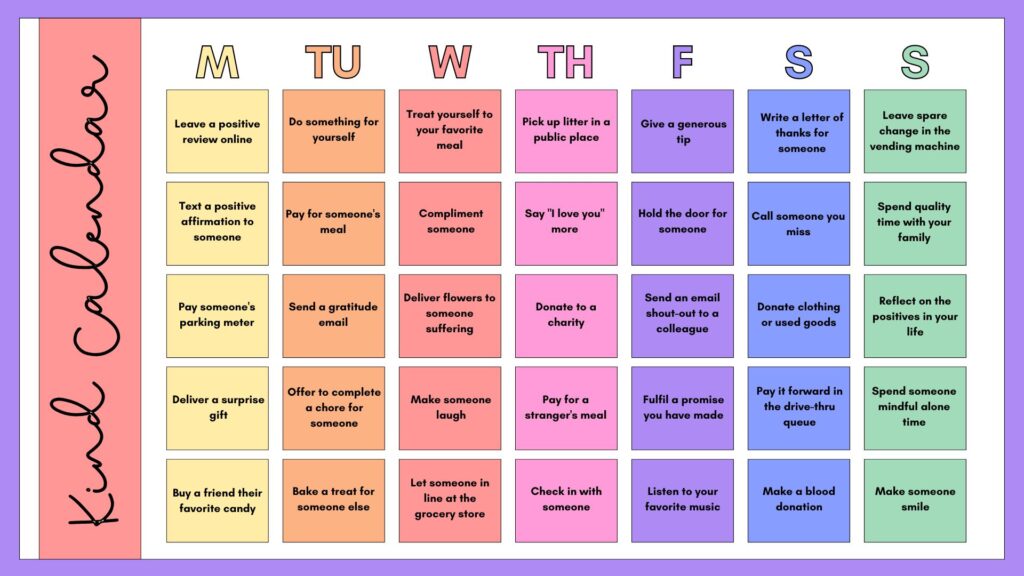
4. How to Structure Your Content Calendar
Monthly vs. Weekly Planning
Decide whether you prefer monthly or weekly content planning. Monthly planning gives you a broader overview, allowing for long-term strategy development, while weekly planning offers flexibility and the ability to adapt to current trends.
Deciding on Posting Frequency
How often you post on Instagram should align with your content goals and audience behavior. While some brands find success with daily posts, others thrive by posting a few times a week. The key is consistency—regularly posting high-quality content that your audience values.
Balancing Content Types
A well-rounded content calendar includes a variety of content types. For example, you might mix promotional posts with educational content, behind-the-scenes glimpses, and user-generated content. This diversity keeps your feed interesting and engaging for your followers.
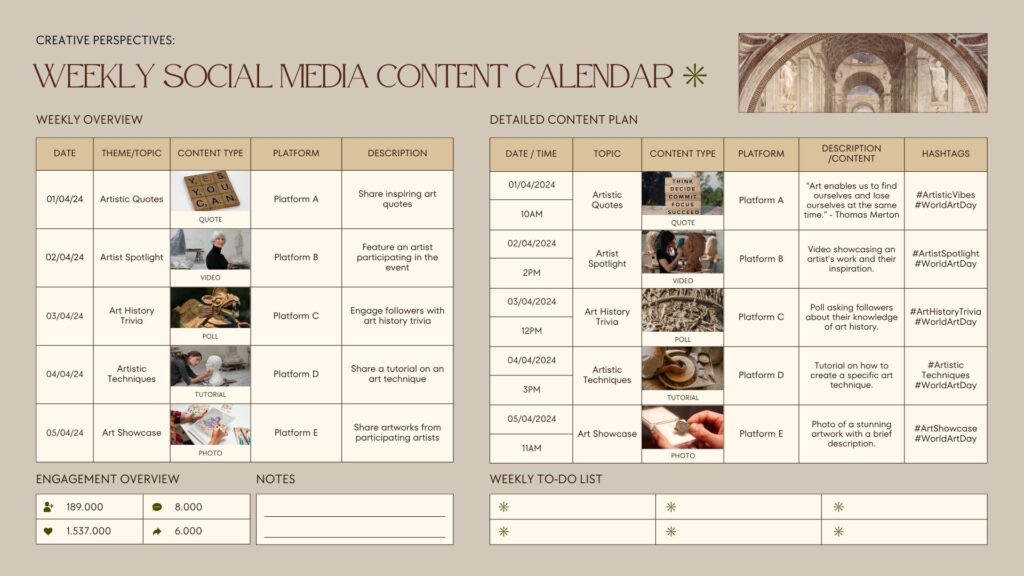
5. Creating Your Instagram Content Calendar
Step-by-Step Guide to Building Your Calendar
Creating an Instagram content calendar involves several steps:
- Identify Key Dates: Start by marking important dates such as holidays, product launches, or events that align with your brand.
- Outline Content Themes: Determine the main themes or campaigns you want to focus on during the month.
- Brainstorm Content Ideas: Generate specific post ideas for each theme. Ensure a good mix of content types (e.g., photos, videos, Stories).
- Schedule Posts: Use your chosen tool to schedule your posts, ensuring they go live at optimal times based on your audience’s online activity.
- Set Reminders for Live Content: For time-sensitive content like Instagram Stories or live events, set reminders to ensure timely posting.
Tips for Staying Consistent
Consistency is crucial for building trust and engagement on Instagram. To stay consistent:
- Batch Create Content: Dedicate time to create multiple posts at once.
- Use Scheduling Tools: Automate your posting schedule to ensure consistency without daily effort.
- Review Regularly: Periodically review your content calendar to ensure it aligns with your goals and make adjustments as needed.
How to Adjust Your Calendar as Needed
Social media is dynamic, and sometimes you’ll need to adapt your content calendar quickly. Whether it’s a trending topic or a change in your business strategy, your content calendar should be flexible enough to accommodate these shifts. Regularly review your performance metrics and be ready to adjust your calendar based on data insights.
6. Content Creation and Curation
Sourcing Quality Content
Quality content is the foundation of a successful Instagram strategy. Source content from reputable websites, collaborate with influencers, or create original content that showcases your brand’s unique voice. User-generated content (UGC) is also a powerful way to build community and trust.
Creating Original Content
Creating original content sets you apart in a crowded Instagram feed. Invest time in producing high-quality photos, videos, and captions that align with your brand’s values. Tools like Canva and Adobe Spark can help you create visually appealing content even if you’re not a professional designer.
Scheduling and Automating Posts
Scheduling your posts in advance ensures that you maintain consistency and frees up time for other aspects of your social media strategy. Tools like Later, Buffer, or Hootsuite allow you to automate your posting schedule, ensuring your content goes live at optimal times when your audience is most active. Automation helps you focus on engaging with your audience rather than manually posting every day.
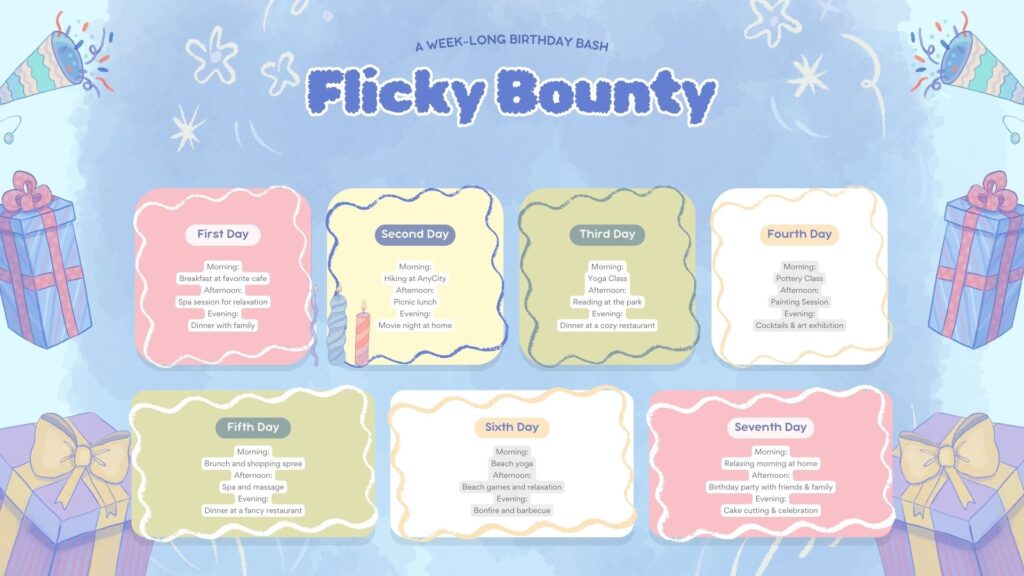
7. Analyzing and Optimizing Your Calendar
Tracking Performance Metrics
To ensure your Instagram content calendar is effective, regularly track key performance metrics. Important metrics include:
- Engagement Rate: Measures how actively your audience interacts with your content (likes, comments, shares).
- Reach and Impressions: Track how many unique users see your content and how often it is displayed.
- Follower Growth: Monitor the growth of your follower count over time.
- Click-Through Rate (CTR): For posts with links, measure how often users click on the link.
Tools like Instagram Insights, Google Analytics, and social media management platforms provide detailed reports on these metrics. Regularly review these reports to gauge the success of your content calendar and identify areas for improvement.
Adjusting Your Strategy Based on Data
Data-driven decision-making is key to refining your Instagram content calendar. Use the performance metrics to identify which types of content resonate most with your audience and adjust your strategy accordingly. For example, if you notice that your audience engages more with video content, consider increasing the frequency of video posts. Conversely, if certain content types consistently underperform, you may need to rethink your approach or test new formats.
Tools for Monitoring and Analysis
There are numerous tools available to help you monitor and analyze your Instagram content calendar’s effectiveness. Some popular options include:
- Instagram Insights: Built-in analytics directly within the Instagram app.
- Google Analytics: Useful for tracking traffic from Instagram to your website.
- Hootsuite Analytics: Offers in-depth reports and comparisons across different social media platforms.
- Sprout Social: Provides robust analytics and reporting features tailored to social media performance.
Using these tools, you can gain insights into your audience’s behavior and preferences, allowing you to optimize your content calendar for better results.
8. Expert Insights
Insights from Social Media Experts
Social media experts agree that a well-structured content calendar is crucial for maintaining consistency and driving engagement on Instagram. According to social media strategist, Later, “A content calendar not only helps you stay organized but also ensures your content is strategically aligned with your goals.”
Another expert, Hootsuite, emphasizes the importance of flexibility: “While planning is essential, it’s equally important to leave room for spontaneity and trending topics. The best content calendars are those that balance preparation with adaptability.”
Case Studies of Successful Instagram Calendars
Consider the case study of a small fashion brand that successfully scaled its Instagram following by implementing a well-planned content calendar. By identifying key dates, such as fashion weeks and seasonal sales, the brand strategically aligned its posts with these events, resulting in a significant increase in engagement and sales.
Another example is a fitness influencer who used a content calendar to plan and schedule workout videos, motivational quotes, and diet tips. By maintaining a consistent posting schedule and leveraging Instagram Stories and Reels, the influencer saw rapid follower growth and higher engagement rates.
9. Future Trends in Instagram Content Planning
Emerging Trends in Social Media Marketing
Social media marketing is constantly evolving, and staying ahead of the curve is essential for success. Some emerging trends in Instagram content planning include:
- Short-Form Video Content: With the rise of Instagram Reels and the popularity of TikTok, short-form video content is becoming increasingly important for capturing audience attention.
- User-Generated Content (UGC): Leveraging content created by your followers not only boosts engagement but also builds trust and authenticity.
- Influencer Partnerships: Collaborating with influencers continues to be a powerful strategy for reaching new audiences and building credibility.
The Role of AI in Content Planning
Artificial Intelligence (AI) is playing an increasingly significant role in content planning and creation. AI-powered tools can help generate content ideas, optimize posting times, and even automate the creation of captions and hashtags. These tools analyze vast amounts of data to identify patterns and trends, allowing you to make more informed decisions about your content strategy.
Preparing for Future Changes
As Instagram continues to evolve, it’s important to stay informed about platform updates and new features. Regularly educating yourself on the latest trends and best practices in social media marketing will help you adapt your content calendar to future changes. Whether it’s a new algorithm update or the introduction of new content formats, being prepared will give you a competitive edge.
10. Conclusion
Recap of Key Points
Creating a simple Instagram content calendar that fits your needs involves understanding your audience, setting clear goals, choosing the right tools, and maintaining consistency. By following the steps outlined in this guide, you can streamline your content planning process and enhance your social media strategy.
Final Thoughts
A well-structured content calendar is an invaluable tool for any brand or individual looking to grow their presence on Instagram. It helps you stay organized, consistent, and focused on your goals, ultimately leading to better engagement, higher follower growth, and increased success on the platform.
Call to Action
Don’t wait to start planning your Instagram content. Whether you’re a small business owner, an influencer, or a marketer, begin building your Instagram content calendar today. Use the tools, strategies, and tips provided in this guide to take your social media strategy to the next level and achieve your goals.